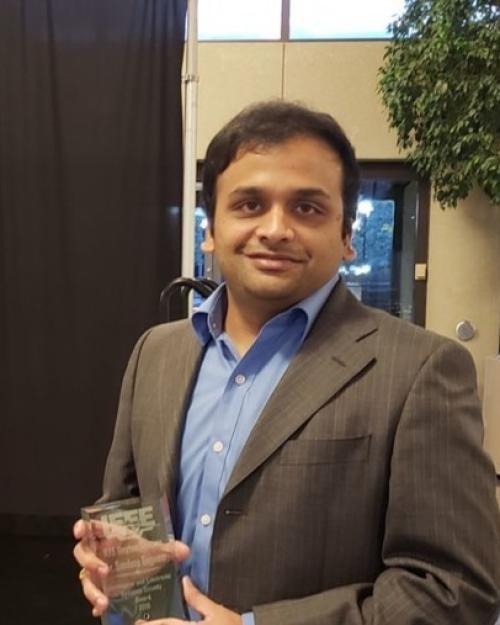
High Fidelity RF Clutter Modeling and Simulation
Presentation Menu
Radio Frequency (RF) signals are used in a multitude of defense, commercial, and civilian applications, which are critical for the safety and security of mankind. RF for radar includes the functions of target detection, localization, and tracking in the presence of interference. In radar systems, an RF transmitter sends out signals to illuminate a surveilled scenario for gathering information about the environment and the targets present based on the received radar echo. In an ideal world without any interfering signals, accomplishing these tasks becomes trivial. However, in practice, the radar returns at the receiver are almost always corrupted by interfering signals. A major source of interference is reflections from ground clutter, which are highly dependent on the site-specific environment.
Targets of interest can be obscured by these ground clutter returns, which is a pressing problem for airborne radar seeking to detect ground moving targets. Therefore, the development of any new radar signal processing technique is heavily dependent on accurately modeling the ground clutter reflections. There is a scarcity of publicly available measured data for RF applications. The measured data are expensive to collect and limited to very specific scenarios. Even when collected, the data are sensitive in nature and not readily available to test new algorithms and techniques. Therefore, most of the radar research, development, and testing relies upon accurately modeling and simulating the data.
In this lecture, a Green’s function impulse response (stochastic transfer function) approach to radar clutter modeling will be presented along with a comparison to traditional approximate statistical modeling. This alternate approach enables high-fidelity site-specific physics-based clutter modeling to generate representative synthetic data. Various RF applications will be demonstrated using this approach along with the dissemination of a new challenge dataset that can be downloaded to test and benchmark state-of-the-art cognitive radar algorithms and techniques.
